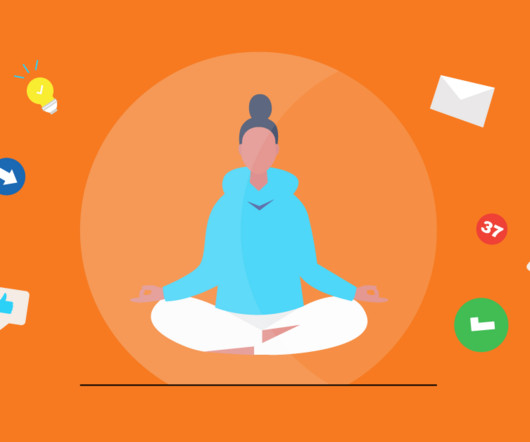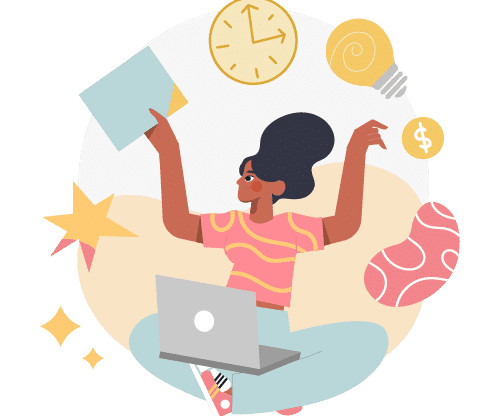Digital detox at work: Can we build a healthy relationship with tech?
TalentLMS
FEBRUARY 28, 2023
Constantly checking her phone, multitasking, and even interrupting her flow every time she heard a notification buzz. At the same time, besides limiting employee communication outside business hours, it’s essential to promote a culture where employees aren’t obliged to reply to emails or instant messages on the spot.



















Let's personalize your content